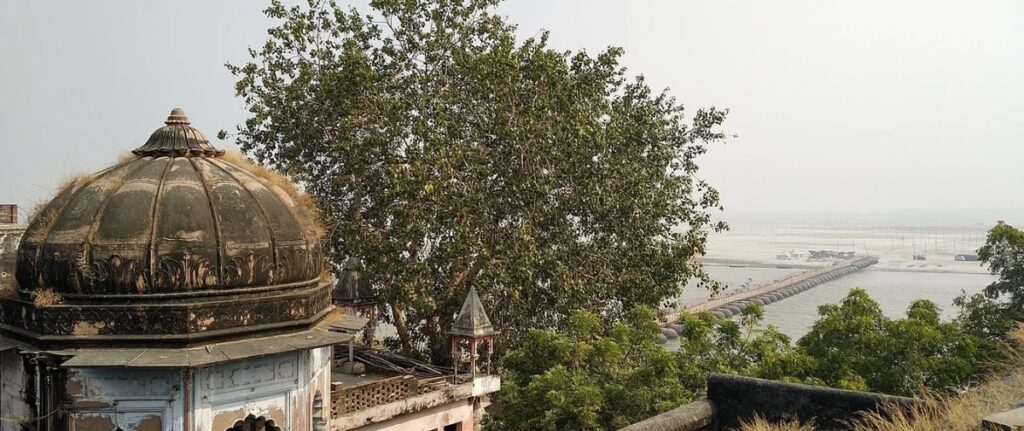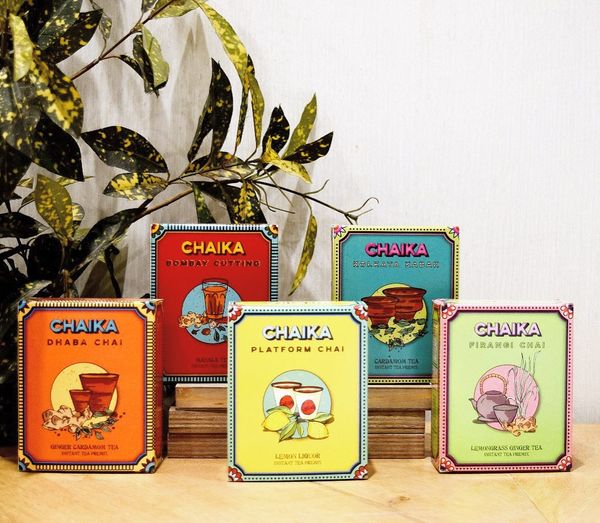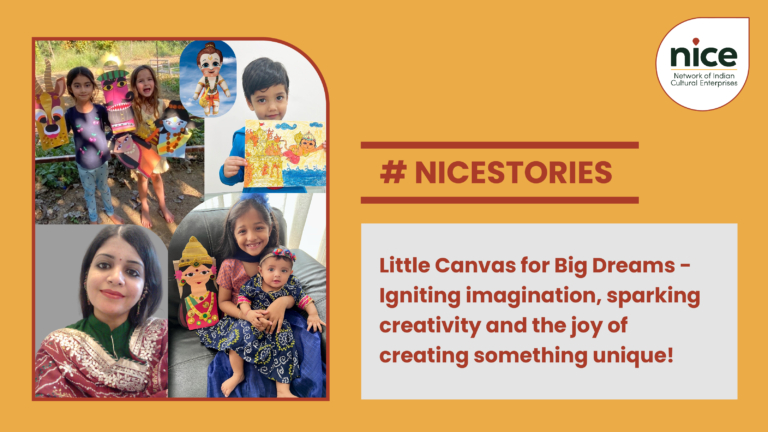There truly exists no better way to thoroughly explore a city, than by foot. Long walks down winding paths, while listening to stories about the places you are visiting and being able to map your own path across the city while visiting historically famous areas and monuments is an experience like no other. This is what Dus Dishaa brings to you, curated special walks across Prayagraj, tailored to your wishes and expectations.
Dr. Kavita Gupta is a management professional, trainer & academician at the cusp of Entrepreneurship, Communications Management & Education. She has 24 years of rich and diverse cross-sectoral experience in social projects, Retail, Higher Education, Professional Training, and Institutional Networking.
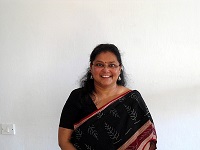
However, her entrepreneurial venture is closest to her heart. Dus Dishaa, an initiative to foster heritage and culture appreciation through heritage walks, events, and workshops. Follow our conversation below with Dr Kavita about Dus Dishaa and their special walks that create lasting memories!
The Skills of Storytelling
We grew up during a time when vacations meant taking out our cycles and picnic baskets with our cousins and going down pathways to visit heritage places. We would share stories and jokes, and it was an experience of its own. These stories weren’t always true, they were either passed on with a lot of added details or imaginative stories made up by elder cousins to terrorize the younger ones in a way only siblings do. Yet, this is what created the veil of mystery and intrigue around the building for us.
Back then it was all fun and play for us, but what we didn’t realize is the creativity and other skill sets that were organically built out of such experiences. This was a realization I came to when I started my own venture, Dus Dishaa, realizing the power these stories could hold.
The Journey: Walks and their Beauty
While working with Entrepreneurship Development Institute of India (EDII) in Gandhinagar, I explored the city a lot. This is when the idea of Dus Dishaa originated. Entrepreneurship encourages us to do something at our own risk and to also satisfy our own calling.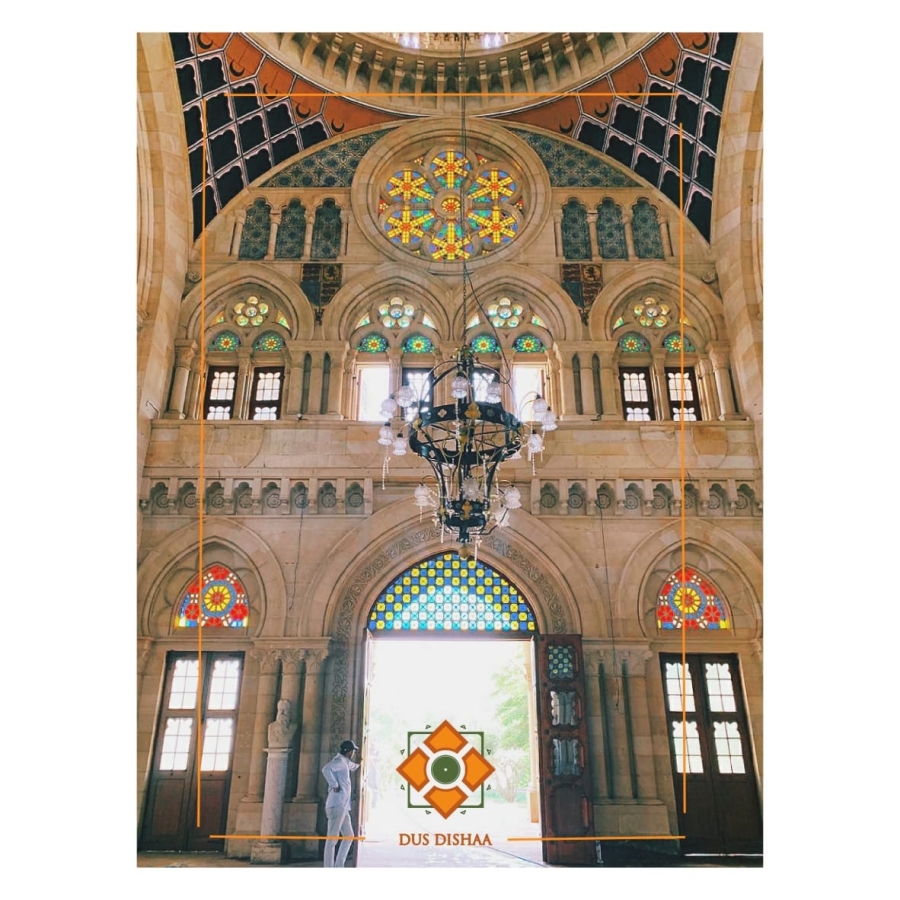
This is where my interest in walks was re-developed along with a sense of nostalgia for the old days. Thus, I started my venture, Dus Dishaa. Going on walks, encompasses taking them to Mughal monuments, sometimes even colonial heritage or the intangible cultural heritage like the Kumbh walks.
Our food walk is a culinary adventure with a multitude of savory and sweet options that vary over different seasons. We also pass by the local akhara where men are doing kushti (wrestling). 150 year old stores could also be found on these walks that sold ingredients for Ayurvedic and Unani medicines.
This is when I realized that what is common for us, like the Kumbh walks, is such a unique experience for the foreigners, who are assaulted by new experiences on all fronts. Old jokes and stories from our childhood come in handy as we use them to convey cultural context and embellish the experience. Their amazement and smiles , at hearing the jokes and stories, provides quite the takeaway from the experience as well. Their curiosity prompts a lot of questions on matters that we as localities tend to take for granted. But in the process of responding to those questions, through research and interaction, I have also learnt a lot.
Experience A City Walk Designed for you
At Dus Dishaa, we build curated walk packages for our clients. You get to enjoy Allahabad the way you would like to. This applies to the Kumbh Mela, food walks, to covering the Mughal and colonial history and their imprints in Prayagraj or erstwhile Allahabad. These walks are a fun experience while visiting a place with stories passed down through generations and tasting some of the most authentic food the city has to offer. We even cover certain places near Prayagraj, like the Kalinjar Fort, a beautiful fort that even many localites don’t know about. We also cover Kaushambi, the ruins of a once majestic area during the Gupta and Mauryan dynasties.
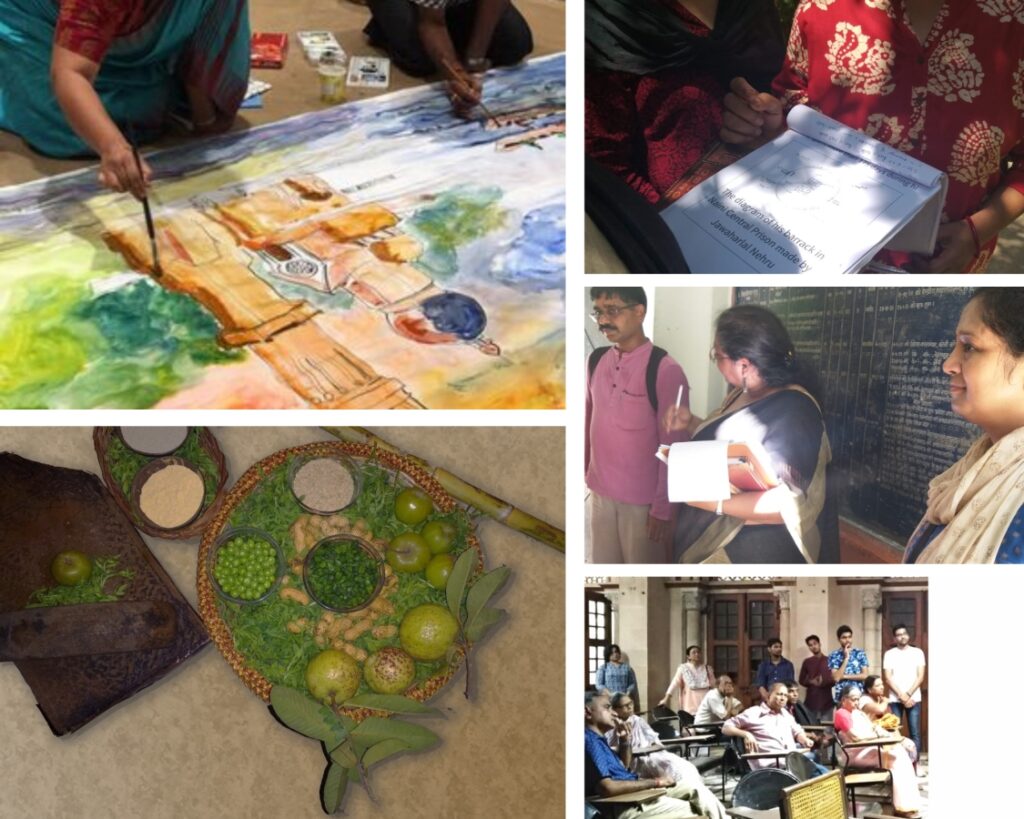
Hurdles to cross
We started Dus Dishaa in Prayagraj, the 7th largest city of UP. It’s more well-known for the Triveni Sangam-the confluence of the three major rivers, the Ganga, Saraswati and the Yamuna. It is popularly known for the Kumbh Mela, that is held every twelve years. The Ardh Kumbh Mela also takes place every six years.
With multiple flights now available to and from Prayagraj, there has been an influx of tourists, both domestic and overseas. This has helped the tourism and hospitality sector.
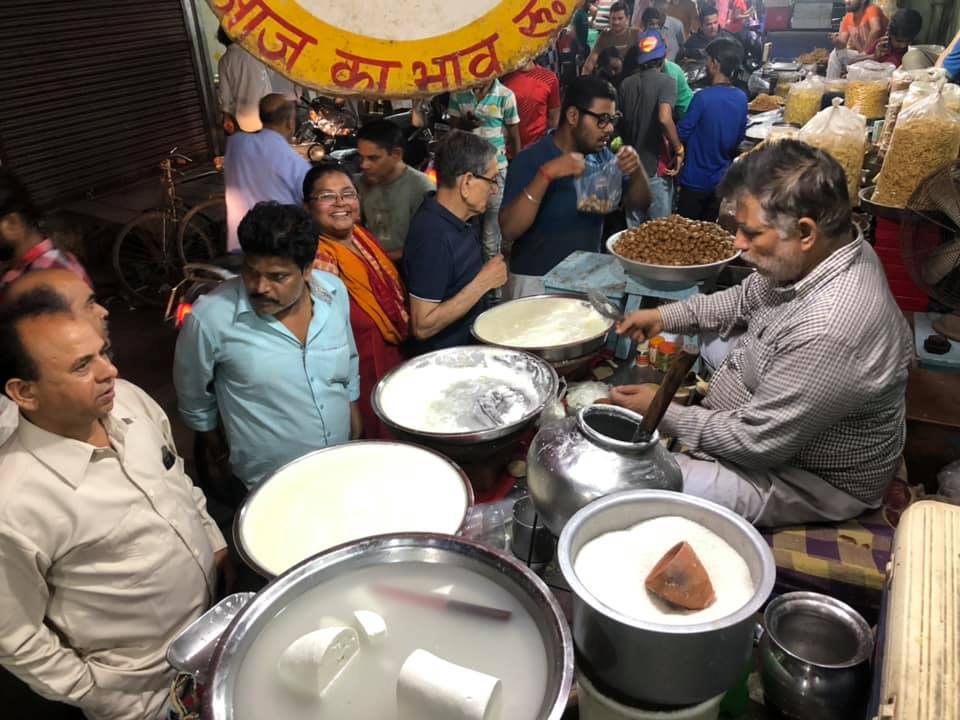
While we received almost 28 crore (280m) visitors during the last Ardh Kumbh, including 36 lakhs (3.6m) foreigners, building a profitable business model dependent on tourists every 6 or 12 years is not sustainable. Extreme seasonal temperature changes make the tourist season last for about 6 months from Dussehra in say, October to say, February/March till around the time of Holi.
Building a financial model that works well during these months is easy. Scaling the business and sustaining it all year-round is a challenge. The spillover of tourists from Varanasi, that is close to Prayagraj and which receives over 37 lakh (3.7m) tourists each year helps provide some stability to the business. Bollywood too has made its impact on the youth with contemporary cinema like Doctor G, Brahmashatra and Masaan that are set in Tier-2 cities like Prayagraj sparking an interest among young people thanks to social media. Many have contacted us wanting to explore Prayagraj.
The Kaleidoscope of Different Perspectives
Looking at Allahabad with the perspective of Ashokan times, Mughals or Fanny Parkes makes a difference. For example, looking at Calcutta through the eyes of Lucknow nawabs who went and settled there could make the city seem very different from the perspective of say, the people of the British Raj. Similarly, looking at a city’s history from a different point of view, say artistic or historic, would create a different emphasis and leave a unique impression.
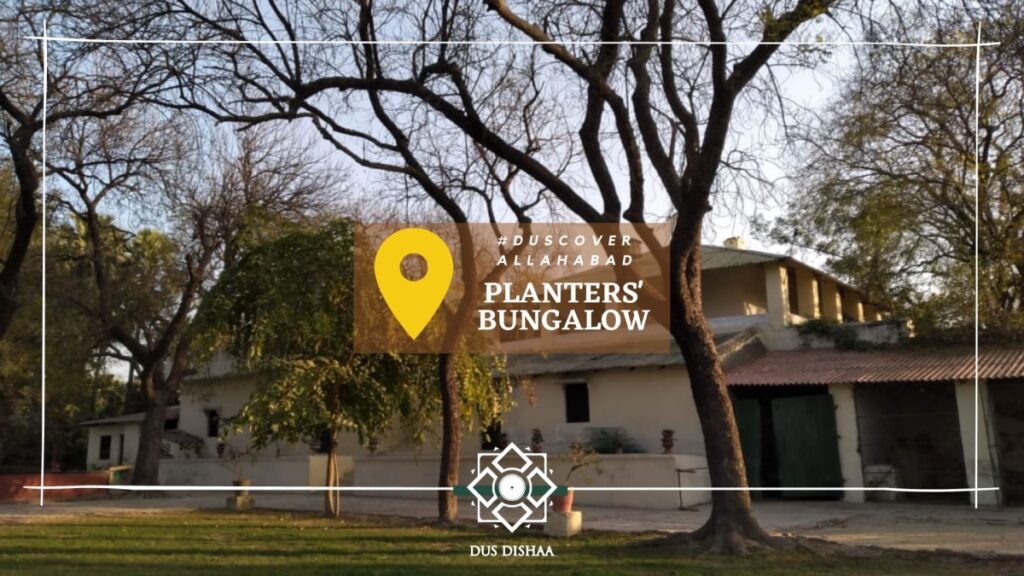
We are also working on social study labs with schools to nurture and preserve heritage. It also helps us understand history, geography and civics in context . Innovative entrepreneurial ventures are creating many products that are intriguing and creative , some by my own students. The idea is to see how much one can “duscover” (discover) to preserve, protect and promote our heritage as much as possible.
Together is Stronger: Collaboration
Collaboration is one of the approaches we’ve always promoted that has worked for us. . Tornos, Rubaroo, Ganga jamuni, India walks etc. do similar work in different cities making us a heritage tour and walk partner extension for them and vice-versa. We also collaborate with local families, artisans and the citizens in trying to preserve and promote the local culture..
Learning History through Walks and experiences
Through this entire journey, I’ve learnt a lot. But I truly feel that our approach to teaching history needs to be a lot more constructivist , interactive and collaborative. As kids, we associate history as a subject with dates without which the timeline of events doesn’t make sense. However, there is much more to the history than simply that.
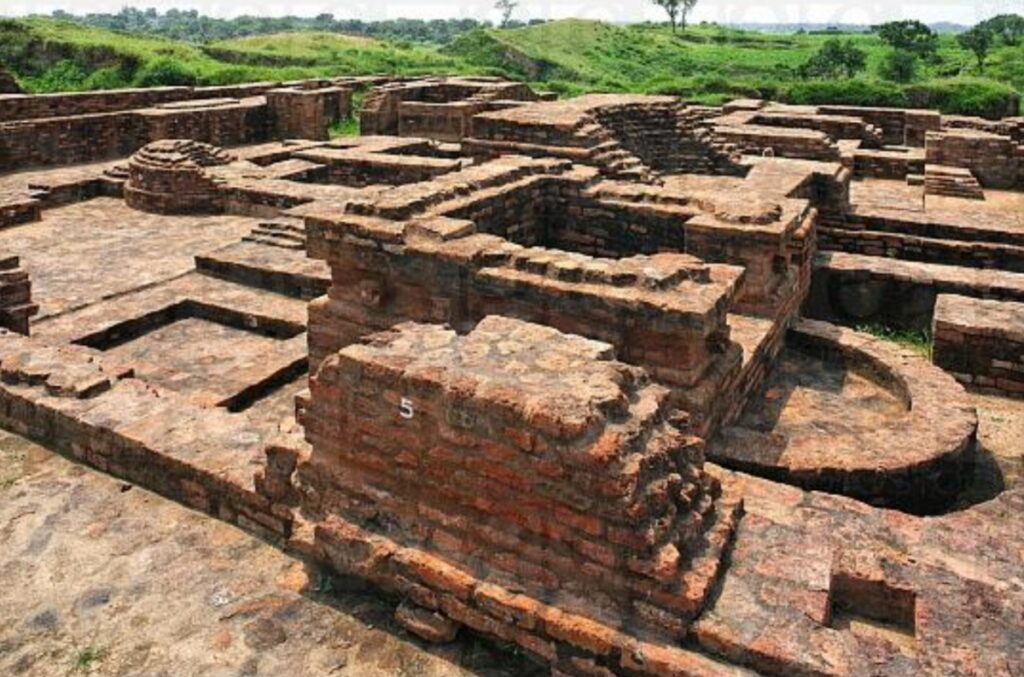
Take for example the Kaushambi area. We learn about its grandeur during the Mauryan and Gupta era but what remains today is nothing but dilapidated ruins. It is filled with children and others peddling fake artifacts, purportedly from the bygone era, to gullible visitors. The importance of educating children and others about their history and heritage to instill pride in preserving it gets reinforced by such situations. It’s when witnessing a scene like this , you realize the importance of educating the same students to learn more about their history and heritage with pride rather than beg and sell counterfeits.
On a more philosophical note one realizes how transitory the wealth and glamor of a place can be. And it becomes extremely vital to preserve and promote all that we have for the future generation.
Collaboration and NICEOrg
I’m a big flag-holder for collaboration. I believe it’s a necessary tool to nurture organizations that are trying to uphold the culture and heritage of India. This is where I believe the role NICEorg plays is so important and unique. Looking for companies that focus on heritage-based products and culture and focusing the spotlight on them by giving them a platform is so valuable as it makes so many more people aware of such companies.
If your cultural enterprise is in any of our five focus sectors and you would be interested in being featured, write to us at namaste@niceorg.in.
